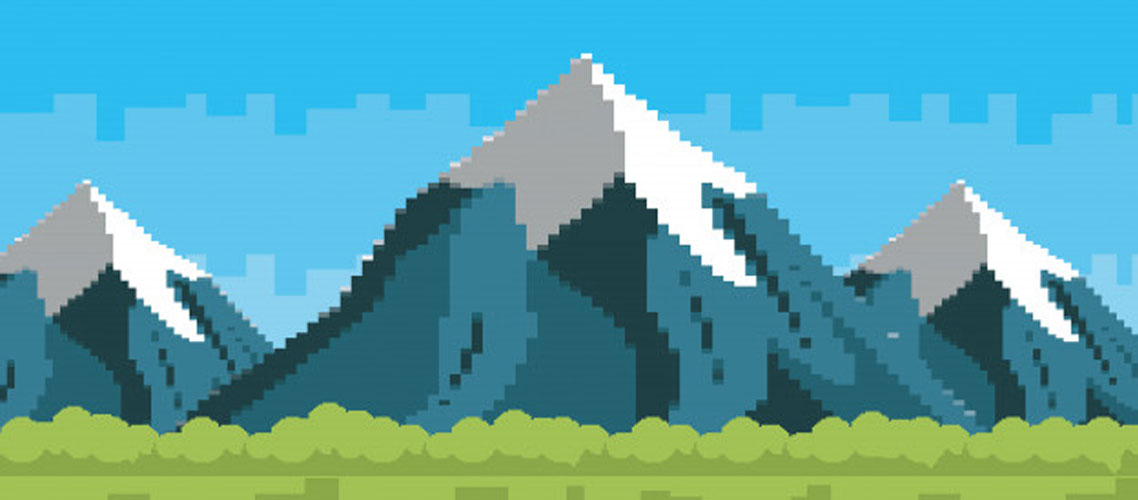What are the differences between 2D and 3D K12 eLearning solutions ? Which one should you opt for school digitization or as a K-12 curriculum content developer ?
April 20, 2020
With a gamut of K12 eLearning solutions available in the market, it becomes difficult for the parents and schools to choose one from the lot. Add to the confusion, there are plain text, 2D, and 3D K12 eLearning solutions. We, VKCL, will explain about all K12 eLearning solutions in detail in this article, and which one should you opt for as per your requirements and budget.
Text K12 eLearning solutions
This learning courseware from the name itself sounds self-explanatory. However don’t be under the misconception that Plain Text K12 eLearning solutions are simple with explanation as found in conventional run-of-the-mill textbooks. The reason being, a lot of hard work goes into preparation of the Text K12 eLearning solutions catered by K12 eLearning solution provider. Unlike traditional books, text K12 eLearning solutions have detailed explanations with plenty of examples, and many images. In fact, our (VKCL) experienced instructional designers, writers, and editors not only provide detailed explanations for each concept with multiple examples but also add many self-explanatory images and diagrams for each concept. More importantly, we follow inferential forms of learning for the same to deliver comprehensive learning.
2D K12 eLearning solutions
2D simple animated learning solutions are usually hand-drawn animations, or the traditional cartoons. The hand-drawn static images are drawn for every second, about 20 to 30 frames for a second. More frames for better animation. 2D motion-graphics animations combine text, sound, motion, and graphic design. This form of animation is majorly used for educational content with a storyline. We, at VKCL, create motion graphics animations to add depth to the sequence of the storytelling animation through music, title sequences, colourful images, and different text style being the major component to illustrate a story.
3D K12 eLearning solutions
3D K12 eLearning solutions offer enhanced multidimensional experience. VKCL creates 3D K12 eLearning solutions that allow students to explore and experience virtual scenarios as observed in the real life. Complicated ideas are visualized and displayed step by step with 3D animated story based content with different characters. Additionally, interactive 3D content is created to enrich students understanding. One such example is, 3D animated interactive videos created for medical training, that is, explaining working of an organ such as heart, kidney, brain, etc. Apart from this, in VKCL 3D animation, a caution note is added wherever the concept can be misinterpreted by the students and the right way to interpret it is explained.
Which K12 eLearning solutions to opt for – Text, 2D Animation or 3D Animation?
3D animation consumes more production time and is more expensive compared to 2D animation. 2D animations offer flat versions of the world. 3D animation illustrates the concepts in 3 dimensions, with vivid information. 2D animation encompasses two dimensional objects while 3D objects can be viewed from all angles in 3 dimensions.
To sum up, customized K12 text or 2D animation courseware is best suited when you are on a tight budget but want comprehensive coverage of chapters. However for detailed analysis and high end visualization, or rendering customized 3D animation on virtual reality or augmented reality solutions, 3D K12 eLearning solutions may be the best bet.




